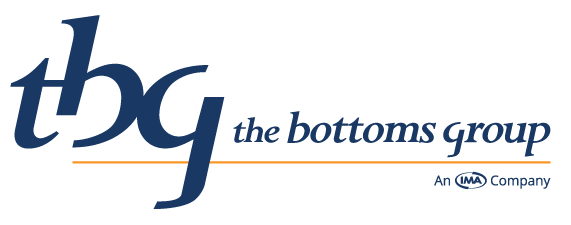By David Bottoms, REBC, RHU, CLU, ChFC
President
When the compliance aspects of the Affordable Care Act (ACA) became enforceable in 2014, most large employers subject to the ACA’s Employer Shared Responsibility provisions were keen to ensure that the benefit plans they offered to employees met the ACA’s requirements regarding both coverage “minimum value” and premium “affordability.”
While maintaining “minimum value” compliance has been relatively easy since insurance carriers tend to only offer qualifying plans, managing the “affordability” side of the process has proven more difficult, especially as health plan premiums have continued to increase and focus on compliance has somewhat diminished.
Nonetheless, given that employer mandate penalties of up to $4,060 per employee per year are still in effect, it is best that employers be proactive in calibrating their health plan premium rates each year to ensure compliance.
To that end, and given the complexity of the ACA’s regulatory wording tying affordability to the employee’s household income which employers typically do not know, most employers have elected to rely on “safe harbor” provisions to ensure their plans are deemed “affordable.”
The safe harbor affordability calculations are driven by a requirement that employees be provided with a minimum value health plan option (i.e., a base plan) that costs them no more than a specific percentage of their income and, since the affordability percentages change each year, it is very important for employers to annually review their calculations as what was affordable one year may not be affordable the next.
For 2021, the most commonly used W-2 safe harbor calculation is satisfied if the employee’s premium for employee-only coverage under the employer’s minimum value plan is no more than 9.83% of the employee’s W2 income as reported in Box 1.
So, as a basic example, if a full-time active employee earns $24,000 in 2021, that employee would have been deemed to have had access to affordable coverage if their cost to enroll in employee-only coverage on the employer’s base medical plan option cost them no more than $196.60 per month ($2,359 over the course of the year).
Of course, for most full-time employees annual income is a good bit higher than the amount in the example, but nonetheless, the moral of the story is that, as employee income goes up, the employer can pass more health plan premium costs to the employee and still maintain ACA compliance.
A common question from employers relates to whether they can pay more toward the health plan premiums for their lower paid employees in order to ensure that all employees have access to affordable coverage? The short answer is “yes.” If an employer decides to pay a higher percentage of health care costs for lower paid employees, that is okay as long as they do not distribute the premium reductions in a manner that is deemed to be discriminatory to a protected class of employees, i.e., on the basis of gender, ethnicity, etc.
Regardless of whether premium amounts are the same for all employees or not, it is important for employers to carefully document both their offer of coverage and the employee’s acceptance (or declination) of it as documentation must be provided to reverse any proposed penalties in the event that the IRS contends the affordability requirements were not met for a specific employee.
It is also important for employers to remember that it is their responsibility to offer minimum value, affordable coverage to employees. It is not the employer’s responsibility to ensure that employees enroll in coverage. As such, if an approved coverage offer is made to employees and they decline to enroll, the employer is off the proverbial hook as long as they have a documentation trail to validate the offer of coverage.
In closing, ACA compliance is no simpler now than it was six years ago. As such, employers should be diligent to ensure that the coverage they offer meets the requirements of the law because it is most certainly true that an ounce of ACA penalty prevention is worth a pound of IRS cure.



